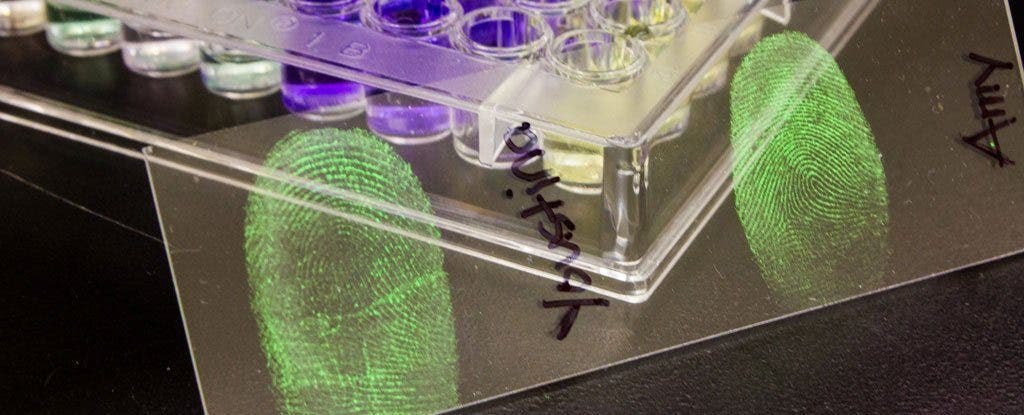There’s a good chance that what you know about Crime Scene Investigation comes from movie – but there are actually quite many differences between the two. Many of the things you see in the series are not done at all in real life, and sometimes, real life science goes one step ahead of the movies.
While fingerprinting has been discussed and studied inside out, there are still surprisingly many things we discover about our fingerprints.
“Fingerprints have really been treated as pictures for more than a hundred years,” Jan Halamek, a forensic scientist at the State University of New York at Albany, said in an interview. “The only major improvements in recent years have been due to software and databases that make it faster to match fingerprints.”
But Halamek and his team have developed a new system, one where fingerprints aren’t just treated as visual records. Rather, they analyze the tiny sweat particles left behind on a fingerprint, specifically the aminoacids they contain, and these aminoacids can reveal whether the person who left the print behind is a man or a woman. This is because females have twice as many aminoacids in their sweat than men. So far, the technique has proven to be 99 percent reliable, and has worked on a number of different surfaces, including a polyethylene sheet, a door knob, a laminated desktop, a composite bench top, and a computer screen.
But there’s still a long way to go if they want to prove the validity of the method. Naturally, you don’t want to take any risks when it comes to the legal system, and the findings have to be replicated on a much larger scale, with all ethnicities and ages involved. As Halamek said:
“We want to create a very simple kit which can determine on the spot whether the person was young or old, male or female, and their ethnicity.”










